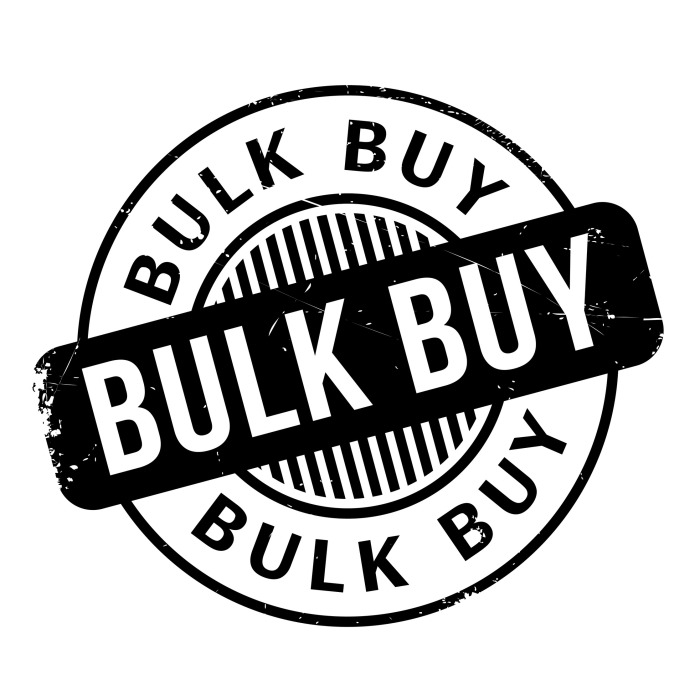
 Data Structure
Data Structure Networking
Networking RDBMS
RDBMS Operating System
Operating System Java
Java MS Excel
MS Excel iOS
iOS HTML
HTML CSS
CSS Android
Android Python
Python C Programming
C Programming C++
C++ C#
C# MongoDB
MongoDB MySQL
MySQL Javascript
Javascript PHP
PHP
- Selected Reading
- UPSC IAS Exams Notes
- Developer's Best Practices
- Questions and Answers
- Effective Resume Writing
- HR Interview Questions
- Computer Glossary
- Who is Who
Transactional Based Marketing vs. Relationship Based Marketing Approach
The goal of every business is to sell. Selling goods and services ensure profit and revenue for the company. Profit is necessary for the survival of the business in both the long term and the short term. Firms can sell their products to consumers in two ways?
Ensure that the price of the product is low and that it is easily accessible to the consumers so that they can make impulsive purchases, known as transactional-based marketing.
Create strong and healthy customer relationships to ensure that the consumer chooses the company's product or service regardless of price or availability. Also known as relationship-based marketing.
Both methods are important and trending in today's technological era. It is time that we dive deep into the concept to get a better understanding and make the ultimate choice.
Transactional-based Marketing Approach

Here, the aim of the company is to sell as many goods and services as possible. The focus here is on volume sales. To ensure that consumers are buying the products, the company focuses on the 4 Ps of marketing, i.e.,
Product ? Produce high-quality products so that consumers are satisfied with them and the company can get an edge over its competitors.
Price ? Firms ensure that the price of the product is lower than the competitors'. It is one of the most important factors of transaction-based marketing. This factor helps the consumer make impulsive decisions.
Place ? This factor has to do with the availability of the product in the market or on the shelves of the retailers. No matter how good and affordable your product is, it is a waste if it is not there on the shelf or display.
Promotion ? This factor focuses on the advertising and promotional activities of the brand. Mass advertisements are typically done in transactional-based marketing, and various offers are made available for impulsive purchase decisions. BOGO (Buy one, get one free), up to 60% off, and others.
Some Examples of Transaction-based Marketing Approach
Del Monte's Tomato Sauce ? The major strategy of this brand is to ensure that the product is always available in bulk in the supermarkets; they have a buy one get one offer or 50% off discount throughout the year; and it is very similar in terms of taste and packaging to the household ketchup brand name. This company thrives on sales, as you will rarely see its advertisements on TV channels or in local newspapers.
Throughout the year, many different biscuit brands ? are available in the transactional model. These brands are on eye-level shelf displays, and we see large hoardings as well. They have understood that since the price of the product is low and consumers are mostly price-sensitive in India, they will purchase cookies in bulk when they go for monthly ration shopping in Big Bazaar. Many grocery supermarkets also launch their personal products as their best-selling products at competitive prices.
Relationship-based Marketing Approach

Here, the entire focus of the company is on building a good relationship with the customers. This marketing approach ensures customer retention and repeats purchase decisions by the consumers. The company understands that there is a huge cost involved in acquiring a customer, and hence the best approach is to ensure that the customer is served by the brand throughout their entire lifetime purchase cycle. The company interacts with the customer on a regular basis, listens to their feedback, and works on it to serve the consumer better. Companies' greeting us on our special dates like birthdays and anniversaries and providing us with discounts or special offers for that particular day ensures customer satisfaction and loyalty.
With this approach, customers will be customers of the brand and will always look out for the brand's products, irrespective of price and availability. This also helps the company with a lot of positive public relations, or PR, as the happy consumer will spread positive word of mouth about the company and its products.
Some Examples of Relationship-based Marketing Approach

Titan Corporate ? Titan as a brand understood that consumers would wear watches their entire lives, but their fashion sense changed with their different phases of life. Along with fashion sense, the consumer would like to be associated with a brand style that is similar to their own. If we see funky watches for teens under the brand name Titan, existing consumers will feel out of place, and at the same time, attracting new consumers will be difficult. Hence, Titan introduced different independent sub-brands like Fasttrack (for teens), Zoop (for kids), Sonata, Octane, Nebula (for gifting purposes and married couples), and others

The Indian Hotels Company Limited (HCL) ? This brand understood that consumers would want a comfortable stay but would also want to have different experiences. As a result, brands such as "Taj" (for the most luxurious stay) and "Selections" (for people who want a comfortable stay but in historical or national sites such as palaces, Bengali badis, and others) were created.
It is time that we understand the difference between transactional-based marketing and relationship-based marketing.
Transactional-Based Marketing Approach |
Relationship-based Marketing Approach |
|---|---|
The focus is on volume sales. |
The focus is to build a healthy and delightful relationship with the customers. |
Customer interaction is minimal or no after the purchase. |
Customer engagement is the topmost. Companies stay in touch with consumers even after the purchase decision is executed. |
Companies aim to produce low-priced products and are readily available on the shelf. |
Companies create highly customizable products for customer satisfaction. |
Consumers are price sensitive and will switch to other companies without blinking an eyelid. |
Consumers are brand loyal. |
Mass advertisement and promotional offers are the modes of promotion. |
Positive word of mouth, personalized marketing, and customer engagement are some of the promotional techniques. |
BOGO, and getting 50% off are some of the techniques. |
Remembering the special dates, and making the consumer feel valued through social media posts, surveys, feedback, and others. |
After understanding both sides of the coin, it is clear to us that both transactional-based marketing and relationship-based marketing are prevalent. Brands select the approach based on their requirements. Long-term sustainability requires brands to focus on building relationships with their customers. The current red ocean market is becoming increasingly bloody by the day.

Some tips for a brand to build good customer relations are as follows ?
Interact with consumers on a weekly or monthly basis.
Nurture the consumer and your relationship instead of just seeing them as your dumping grounds.
Collect feedback and work on the same.
Provide transactional ease to the consumers, for example, by having mobile phone brands come up with installment systems and, in the online world, have a safe payment channel.
Provide consumers with an assortment of goods and other items.

